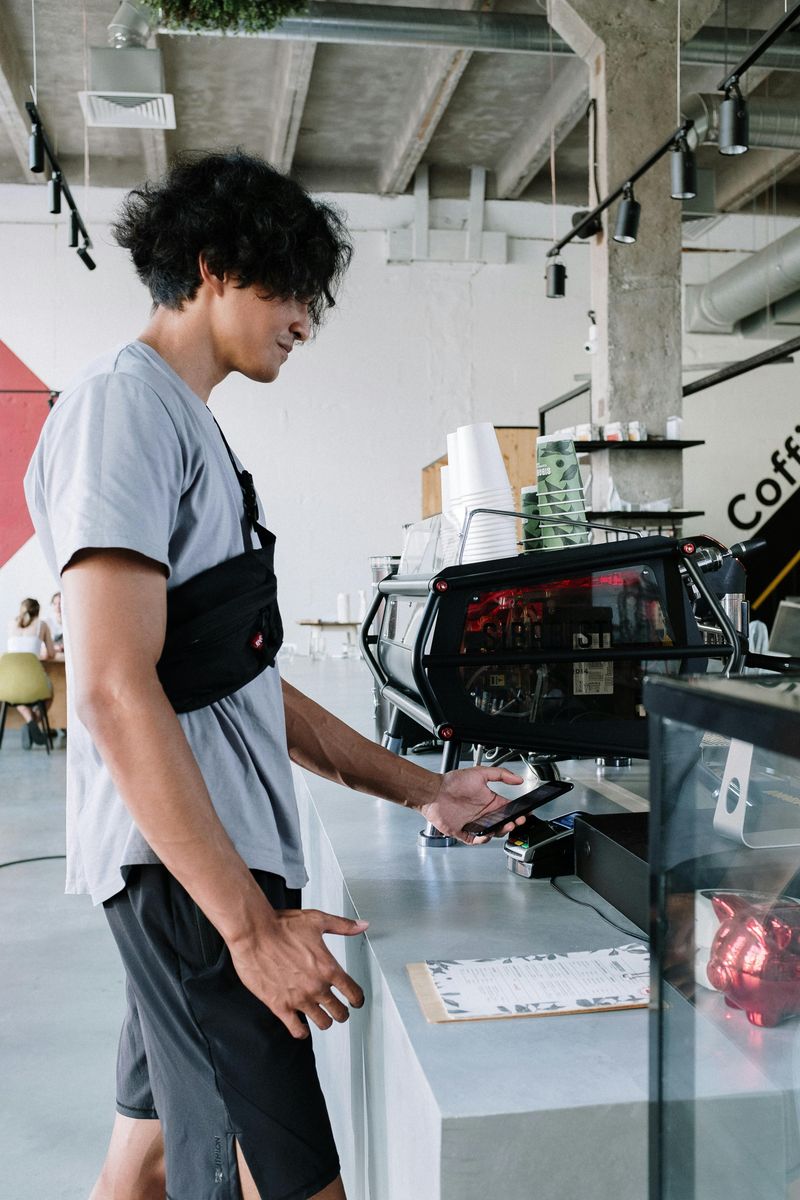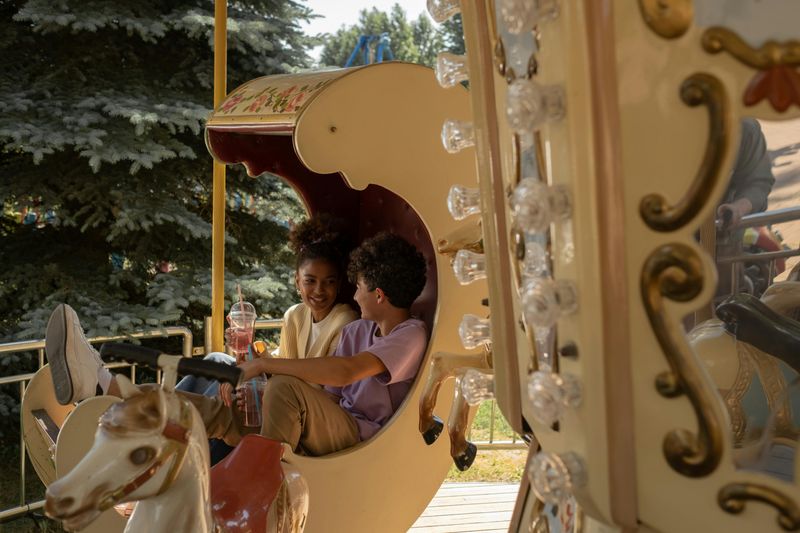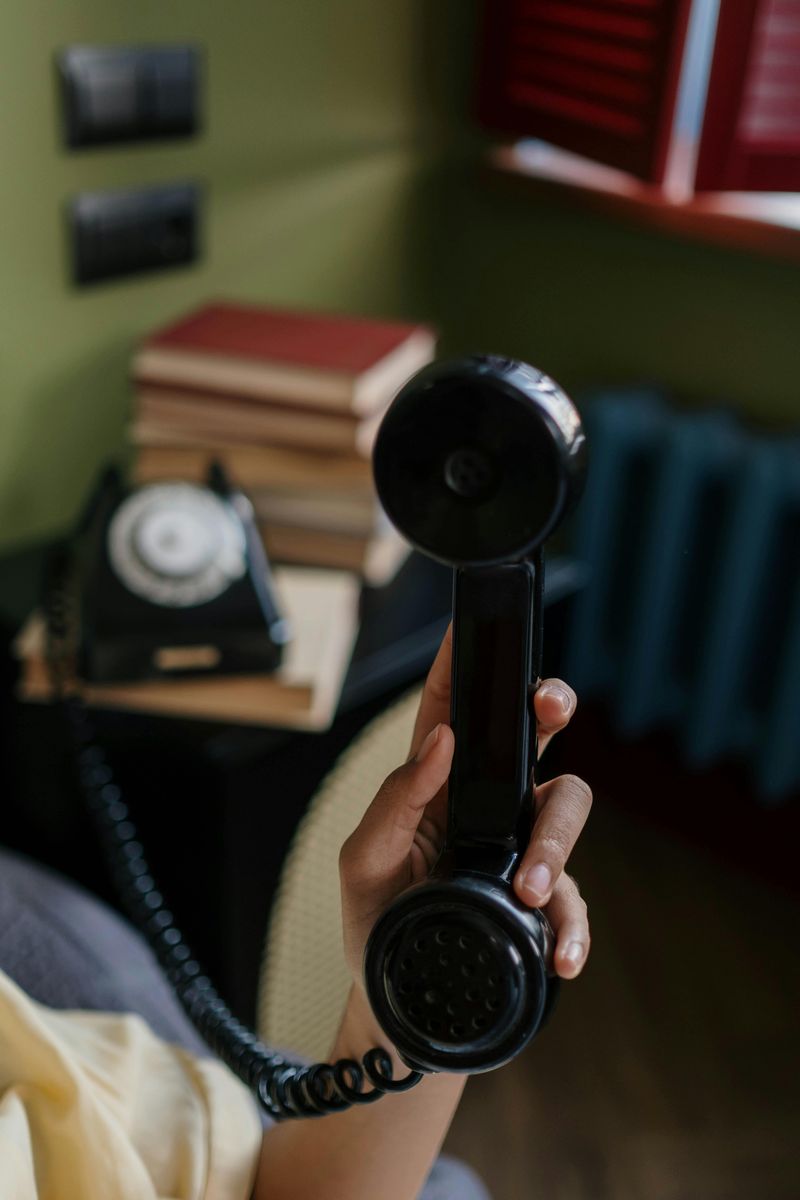1960s Dating Rules That Would Baffle Today’s Teens

Dating in the 1960s followed a strict set of social rules that seem completely foreign to today’s teenagers. Back then, romance was guided by formal etiquette, parental oversight, and gender expectations that shaped every interaction. Looking at these outdated dating customs reveals just how dramatically our social norms have evolved over the decades.
1. Boys Always Called First

Girls patiently waited by the telephone, sometimes for days, hoping their crush would call. Taking the initiative to dial a boy’s number was considered shockingly forward and could label a girl as “too aggressive” or “desperate.” This unwritten rule kept many young women in suspense.
Parents often reinforced this expectation, reminding their daughters that “nice girls wait to be pursued.” The family phone, typically mounted on the kitchen wall or placed in a central location, offered zero privacy for these nerve-wracking conversations.
Meanwhile, boys navigated their own anxiety, sometimes rehearsing what to say or calling when they hoped the girl, not her father, would answer. The telephone served as the primary gateway to romance, with strict gender roles dictating who could turn the key.
2. Strict Curfew Enforcement

The dreaded 10 o’clock deadline loomed over every date night like a storm cloud. Parents stood firm on these non-negotiable cutoff times, regardless of whether the movie had ended or the dance was still in full swing. Many a magical evening was cut short by the tyranny of the clock.
Fathers often waited up, sometimes sitting in armchairs near the front door, watching the minutes tick by. The consequences for breaking curfew could be severe – from being grounded for weeks to having dating privileges completely revoked.
Girls especially faced stricter time constraints than their male counterparts. The double standard was clear: boys could stay out later because they weren’t considered as vulnerable or in need of protection. This time-based control system reflected deeper societal views about gender and safety.
3. Group Dates Were Mandatory Starters

Before venturing into the intimidating territory of one-on-one dates, teens typically navigated the safer waters of group outings. These gatherings at malt shops, bowling alleys, or drive-in movies provided a comfortable buffer for getting acquainted under the watchful eyes of friends.
Parents breathed easier knowing their children were part of a social circle rather than alone with a potential suitor. The group dynamic allowed for natural conversation without the pressure of sustained one-on-one interaction. Everyone could observe how potential couples interacted.
Only after several successful group outings might a boy earn enough trust to ask for a solo date. This gradual progression from group to couple was considered the respectable path to romance. Today’s teens, accustomed to casual hangouts that might instantly become one-on-one time, would find this staged approach unnecessarily formal.
4. Boys Always Paid The Bill

The moment the check arrived created zero ambiguity in 1960s dating culture. Boys automatically reached for their wallets, having carefully budgeted for the evening’s expenses beforehand. A girl offering to pay her share would have created an awkward situation that questioned the boy’s ability to provide.
This financial responsibility extended beyond just dinner. Movie tickets, sodas, gas for the car – everything fell squarely on the young man’s shoulders. Many boys took weekend jobs specifically to fund their dating lives.
The expectation reflected broader societal views about gender roles, preparing young men for their future as breadwinners. Girls were actively discouraged from reaching for their purses, as accepting financial support was considered part of feminine grace. The idea that couples might split expenses or alternate paying would have seemed not just unusual but almost offensive.
5. Double Dating As Chaperoning

Double dating served as a clever workaround to strict parental supervision rules. By pairing up with another couple, teens maintained a veneer of propriety while still enjoying romantic company. Parents approved this arrangement as a built-in accountability system.
These foursome outings created natural witnesses to behavior, theoretically preventing anything improper from happening. The second couple functioned as unofficial chaperones, with each pair keeping an eye on the other. This arrangement was especially common for newer relationships.
Beyond the supervision aspect, double dates offered practical benefits – shared gas money, help with conversation lulls, and moral support during those nerve-wracking early dates. The practice created lasting friendships between couples and provided a social safety net. Modern teens, who might simply hang out in mixed groups without formal dating structures, would find this paired approach amusingly formal.
6. Parental Permission Was Non-Negotiable

The gauntlet of meeting a girl’s parents wasn’t just a formality – it was a mandatory rite of passage. Boys approached front doors with sweaty palms, knowing they’d face scrutiny before taking someone’s daughter out. This nerve-wracking introduction often included impromptu interviews about intentions, plans, and curfew agreements.
Fathers particularly wielded significant power in this exchange. A firm handshake, direct eye contact, and respectful answers could make or break dating prospects. Many girls anxiously waited upstairs during these exchanges, hoping their parents wouldn’t embarrass them or reject their date outright.
The permission ritual reinforced parental authority and communicated that daughters were valued family members being temporarily entrusted to someone else’s care. Bypassing this step was considered disrespectful and potentially relationship-ending. Today’s casual text message meetups would have been unthinkably disrespectful to parents who expected proper introductions.
7. First-Date Kissing Was Taboo

Physical affection followed strict progression rules in 1960s dating culture. Holding hands might be acceptable after several dates, but kissing on a first outing? Absolutely scandalous! Such restraint preserved reputations and built anticipation for meaningful connections.
Good girls were warned about boys who might “try something” on first dates. These warnings created a culture where physical boundaries were clearly understood, if unspoken. Boys who respected these limits demonstrated their honorable intentions.
The front porch became a strategic battlefield at evening’s end, with both parties navigating unwritten rules about appropriate goodnight gestures. A respectful handshake or brief hug might conclude early dates, with kissing reserved for established relationships.
This graduated approach to physical affection seems almost Victorian to today’s teenagers, who might consider a goodnight kiss perfectly normal regardless of how many dates came before.
8. Door-to-Door Pickup Protocol

Honking from the driveway was considered the height of rudeness in 1960s dating etiquette. Proper young men parked, approached the door, and presented themselves to parents before escorting their dates to the car. This ritual demonstrated respect for both the girl and her family.
Boys were expected to arrive punctually and presentably dressed. Many would come inside briefly for that awkward living room chat with parents before departure. Some particularly traditional families even had the father inspect the vehicle for safety!
The boy always opened the car door for his date – first when leaving her house, then at every stop throughout the evening. This door-to-door service represented a boy’s responsibility to provide care and protection.
The casual “meet you there” approach common today would have been interpreted as laziness or disinterest, signaling to everyone that the boy didn’t value his date enough to make the effort.
9. Formal Dress Code Requirements

Jeans might have been comfortable, but they weren’t considered date attire in the 1960s. Girls typically wore dresses or skirts with blouses, often accompanied by gloves for more formal occasions. Their careful preparations included styling their hair and applying modest makeup to achieve that perfect balance of attractive yet proper appearance.
Boys faced equally rigid expectations – pressed slacks, button-up shirts, sometimes even sports coats depending on the venue. Clean shoes, neatly combed hair, and fresh aftershave completed the ensemble. Dressing too casually communicated a lack of respect for both the occasion and one’s date.
These dress codes weren’t merely about fashion but signaled the special nature of dating as an activity distinct from everyday life. Parents often inspected outfits before departure, sending teens back to change if they didn’t meet standards. Today’s casual dating culture, where the same clothes might be worn to school, hanging out, or dates, would seem bizarrely informal.
10. Parents Set Car Date Boundaries

Borrowing Dad’s car came with a detailed list of conditions that would make a rental agreement look simple. Parents outlined approved destinations, prohibited areas, and sometimes even specified which routes to take. Some particularly strict families required teens to record their mileage before and after!
The infamous “windows down” rule aimed to prevent steamy situations in parked cars. This mandate persisted regardless of weather, leaving many couples shivering through winter dates. Some parents even conducted surprise “spot checks,” driving by known parking locations to ensure compliance.
Fuel levels were closely monitored, with explanations required for any excessive consumption. Running out of gas was considered suspicious rather than unfortunate. These automobile restrictions reflected broader concerns about teenage independence and potential misbehavior.
Modern teens, who might navigate dating via rideshare apps or public transportation without parental oversight, would find these car-specific rules both invasive and oddly quaint.
11. Going Steady Required Visible Tokens

Relationship status in the 1960s wasn’t updated online – it was worn physically for everyone to see. A boy’s class ring, carefully wrapped with yarn or angora to fit a girl’s smaller finger, announced the couple’s commitment. These symbolic exchanges transformed ordinary objects into powerful relationship markers.
Letterman jackets draped over a girlfriend’s shoulders served as both a romantic gesture and a public claim. Some schools had specific “going steady” tokens – ID bracelets, special pins, or carved wooden hearts that boys presented to their girlfriends during formal ceremonies.
These physical symbols created clear social boundaries, signaling to potential suitors that both parties were officially “off the market.” Returning these items during a breakup was an emotional ritual that formalized the relationship’s end. The absence of such tangible relationship markers in today’s digital world, where status changes happen with a click, would seem strangely ambiguous to 1960s teenagers.
12. Boys Controlled All Date Planning

Girls waited in anticipation to discover what activities had been arranged for them, as suggesting destinations or expressing preferences was considered forward. The entire responsibility for creating a memorable evening fell squarely on boys’ shoulders – from researching movie showtimes to making dinner reservations.
This planning burden created significant pressure. Boys needed to demonstrate thoughtfulness, financial responsibility, and knowledge of their date’s interests without directly asking what she might enjoy. Many sought advice from sisters or female friends to avoid planning missteps.
Girls were expected to respond with enthusiasm regardless of whether the chosen activity appealed to them. Expressing disappointment was considered rude and ungrateful. This one-sided planning dynamic reinforced gender roles that positioned boys as decision-makers and girls as appreciative recipients.
Today’s collaborative approach to date planning, where either person might suggest activities or preferences, would have seemed radically egalitarian.
13. Monitored Phone Conversations

The family phone provided zero privacy for budding romances. Mounted prominently in kitchens or hallways, these shared devices turned intimate conversations into family entertainment. Parents or siblings might listen openly or secretly pick up extensions in other rooms.
Calls came with strict time limits to keep the line free for incoming calls or to limit long-distance charges. Many families implemented “five-minute rules” for teenage calls, regardless of conversation importance. The physical cord tethered teens to public spaces, making whispered sweet nothings nearly impossible.
Clever teens developed codes to communicate subtly when others might be listening. “How was your math homework?” might actually mean “I miss you.” The landline era created unique relationship challenges, from busy signals to unexpected interruptions when someone needed to make a call.
14. Reputation Was Everything

Social standing hung by the delicate thread of public perception, particularly for girls. Being seen with the “wrong crowd” could instantly transform a “nice girl” into someone parents warned about. These reputation concerns dictated everything from clothing choices to social circles.
Girls faced harsher judgment than boys for identical behaviors. The notorious double standard meant boys might be celebrated for dating widely while girls were criticized for the same. Reputations, once damaged, proved nearly impossible to repair in close-knit communities where gossip traveled faster than facts.
Parents actively monitored their daughters’ social connections, sometimes forbidding friendships with girls who had questionable reputations – fearing social contamination. This reputation economy created intense pressure to maintain appearances above all else.

Comments
Loading…